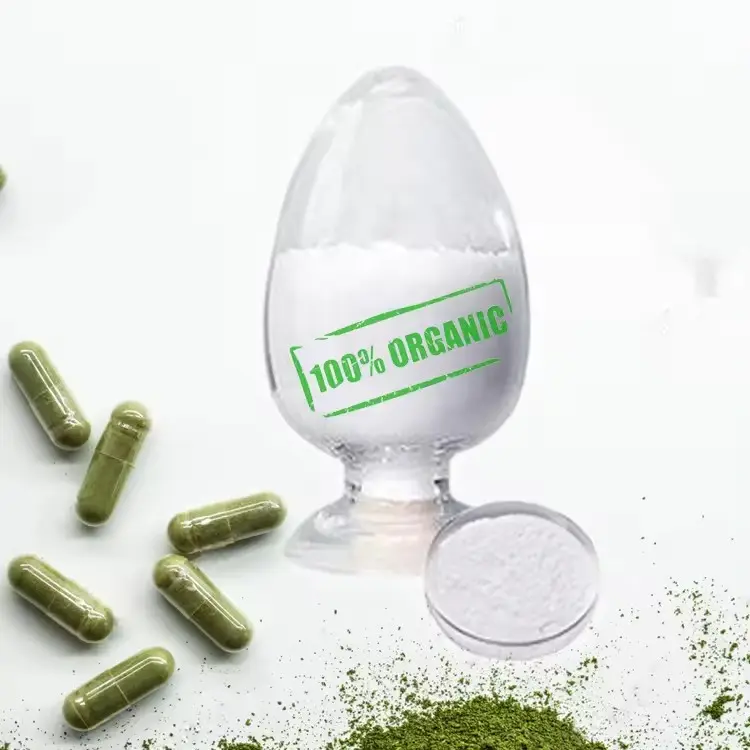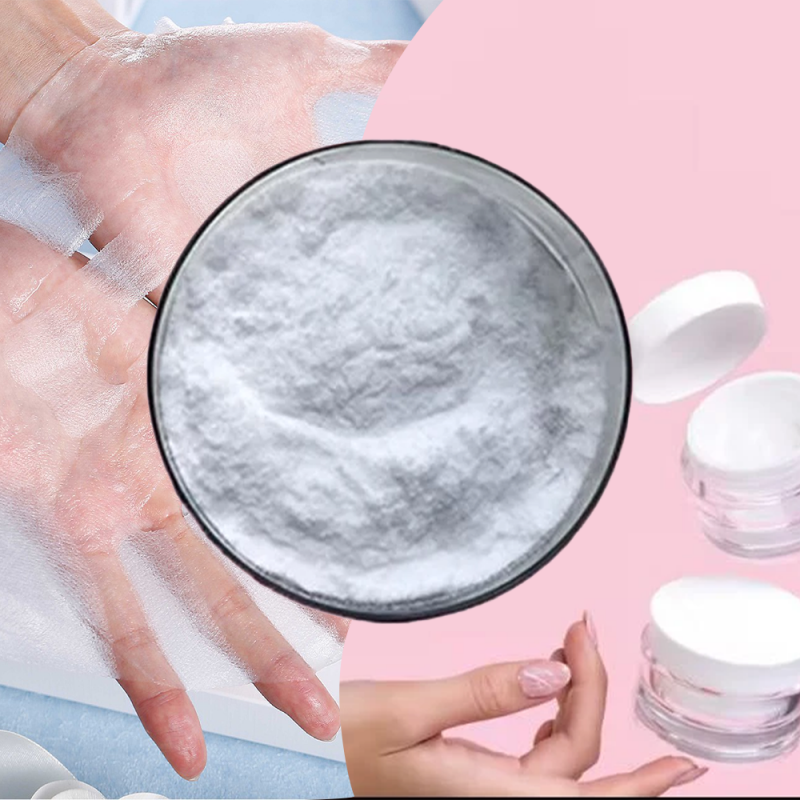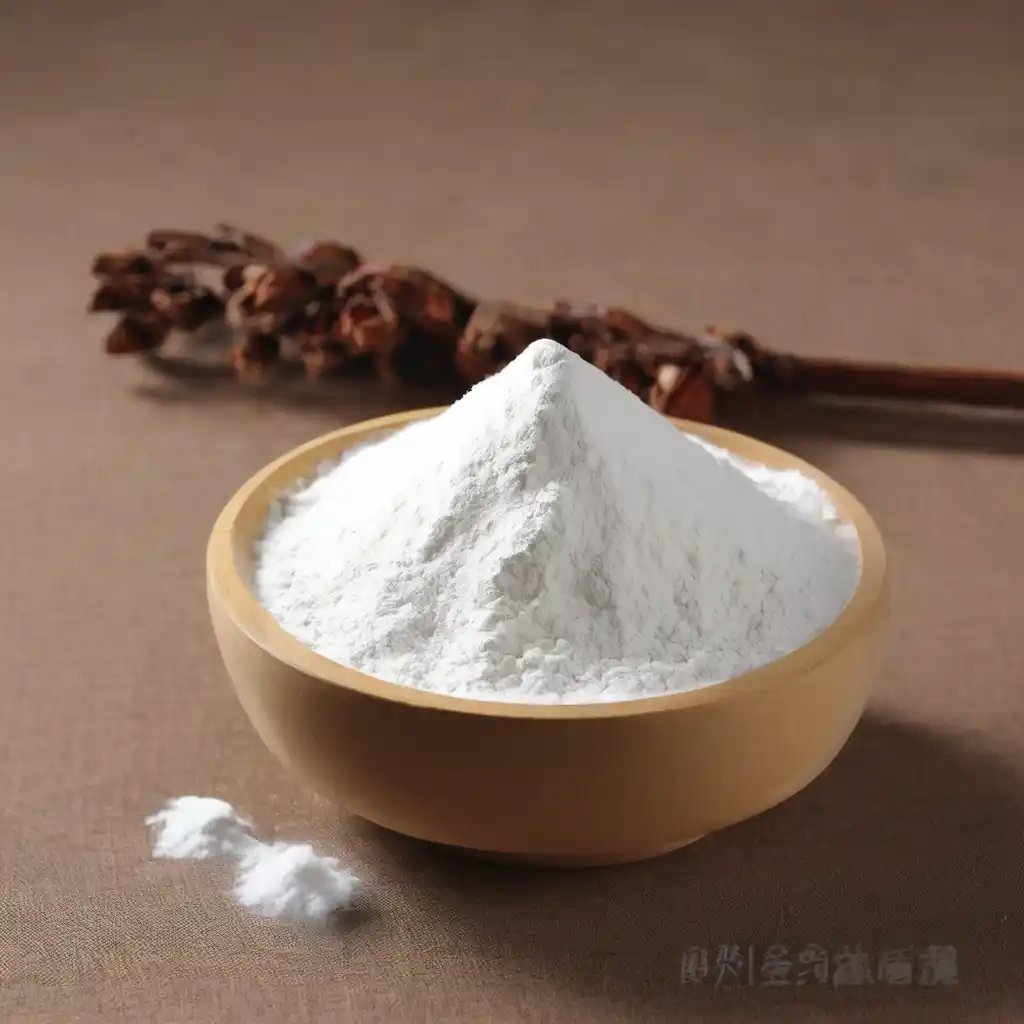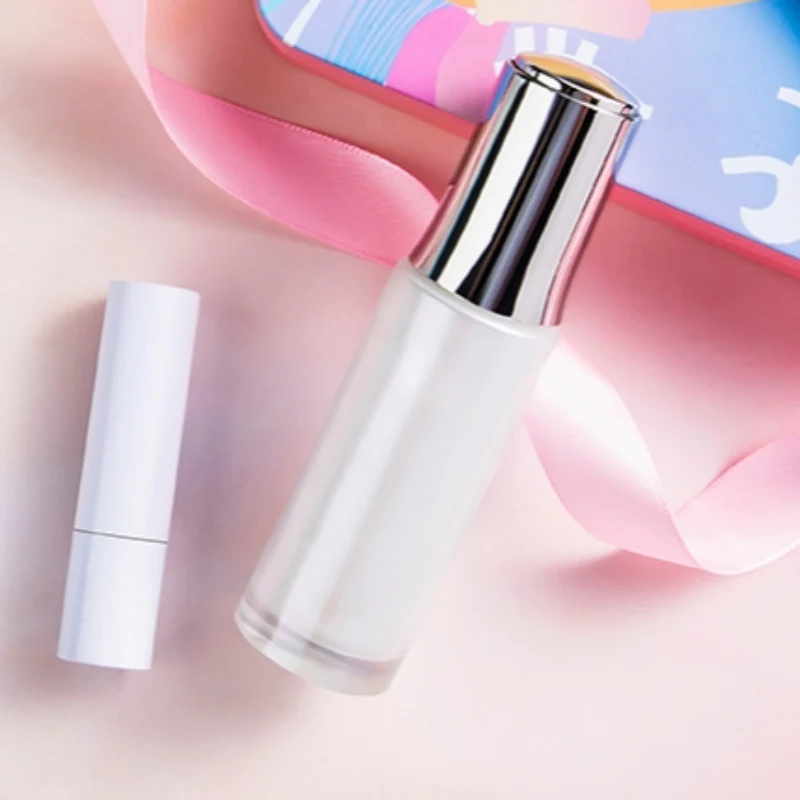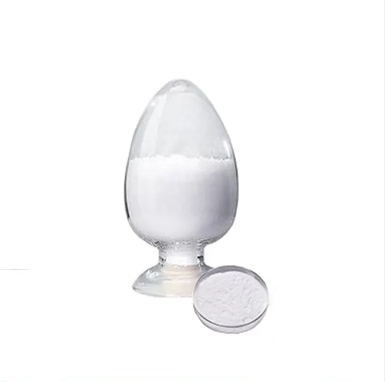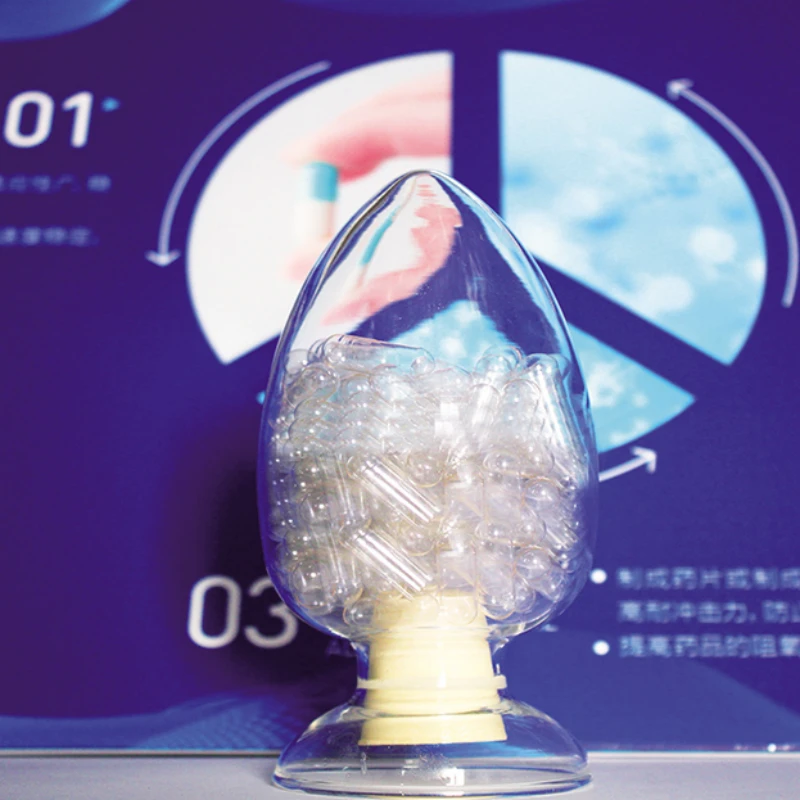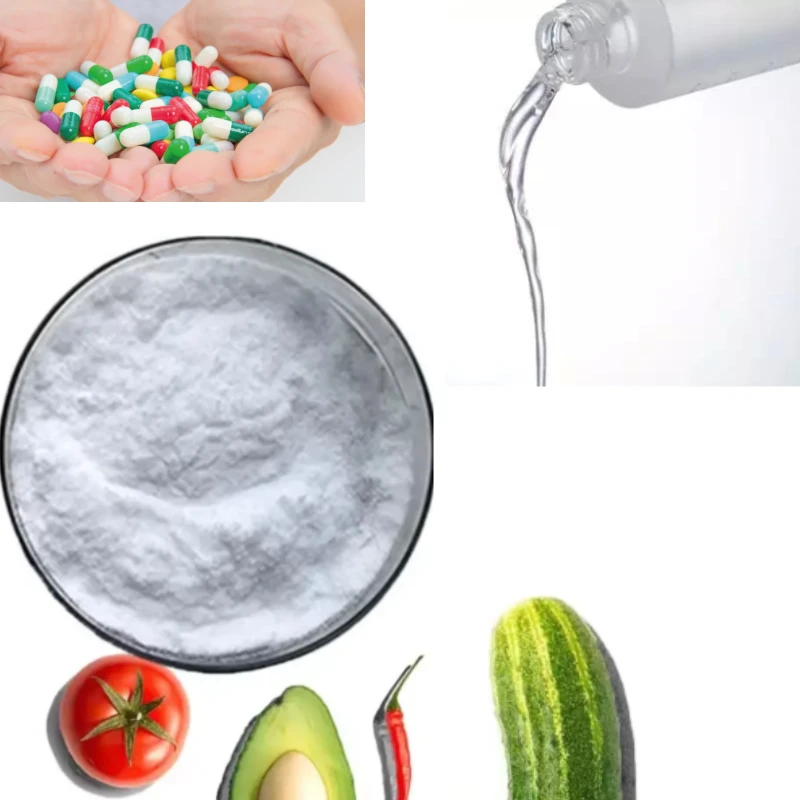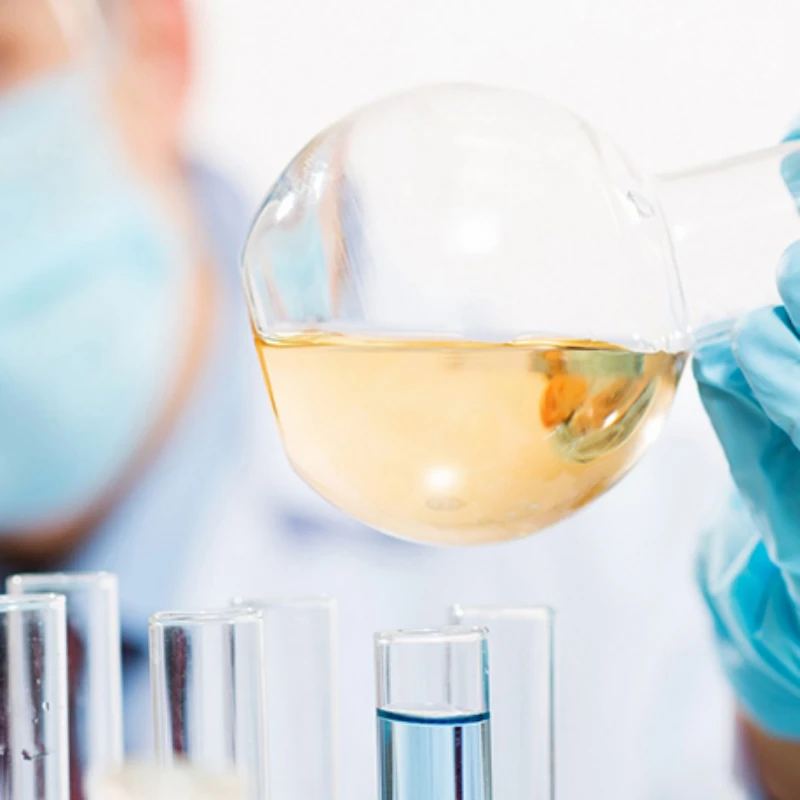Pullulan is an extracellular water-soluble mucin polysaccharide similar to glucan and xanthan gum produced by the fermentation of Aureobasidium pullulans. It has broad application prospects in medicine, food, petroleum, chemical and other industries. Regarding the quality standards of pullulan, it mainly includes the following aspects:
Appearance: Pullulan should be a colorless or slightly yellow powdery substance with no obvious foreign matter.
Solubility: Pullulan should be soluble in water, forming a clear or slightly turbid solution.
Moisture content: The moisture content of pullulan should be controlled within a certain range, generally no more than 10%.
Particle size distribution: The particle size distribution of pullulan should be within the specified range, usually between 10 and 100 microns.
Purity: The purity of pullulan is also one of the important standards. Generally, the purity is required to be above 90%.
In addition, the national standards for pullulan should also include requirements for its production process, covering raw material selection, extraction process, purification process, packaging and storage of finished products, etc. At the same time, the quality indicators of its products should also be clarified, such as polysaccharide content, protein content, and limit standards for heavy metals and harmful substances. Finally, in order to ensure the controllability and comparability of product quality, testing methods for pullulan products also need to be specified.
Please note that the specific standards for pullulan may be adjusted and improved as technology advances and the application fields expand. Therefore, in practical applications, it is recommended to consult the latest relevant standards or consult professionals to ensure an accurate and comprehensive understanding of pullulan standards.
Pullulan is a natural polysaccharide produced by certain strains of fungi, notably Aureobasidium pullulans. Due to its unique film-forming, thickening and stabilizing properties, it is widely used in various industries such as food, pharmaceuticals and cosmetics.
When you refer to a "Pulululan standard," you are probably referring to a standardized form or specification of pullulan used in a specific industry or application. Standards are often set by regulatory agencies or industry groups to ensure product consistency, quality and safety.
For the food industry
For example, in the food industry, there may be standards for purity, molecular weight, or other properties of amylopectin used as a food additive or ingredient. These standards can be set by organizations such as the U.S. Food and Drug Administration (FDA) or the European Union's European Food Safety Authority (EFSA).
Likewise, in the pharmaceutical industry, there may be standards for pullulan used in drug formulations to ensure that it meets certain quality and safety standards.
226413.webp)
For pharmaceutical industry
If pullulan is used as a drug, it needs to meet four common pharmacopoeia standards: UPS, EP, JP and CP. UPS, EP, JP and CP are four common pharmacopoeia, which represent different drug standards:
UPS: UPS refers to the United States Pharmacopeia (United States Pharmacopeia), which is a set of standards promulgated by the United States Pharmacopeia Commission for quality control of drugs, foods, and other medical products. UPS contains standards for the composition, manufacturing, testing and labeling requirements of pharmaceutical products.
EP: EP refers to the European Pharmacopoeia (European Pharmacopoeia), which is a set of pharmacopoeia standards in European countries, used to ensure the quality and safety of drugs in European countries. EP covers standards for physical properties, chemical properties, microbial contamination limits, purity, etc. of pharmaceuticals.
JP: JP refers to the Japanese Pharmacopoeia (Japanese Pharmacopoeia), which is a set of pharmaceutical standards promulgated by the Japanese government and is applicable to the production and use of pharmaceuticals in Japan. JP, like other international pharmacopoeias (such as UPS, EP), stipulates the quality, purity, safety and other standards of drugs.
CP: CP refers to Chinese Pharmacopoeia, which is a set of drug standards promulgated by the China State Food and Drug Administration and is applicable to domestic drug production and use in China. CP includes regulations on pharmaceutical ingredients, quality standards, production processes, quality control, etc.
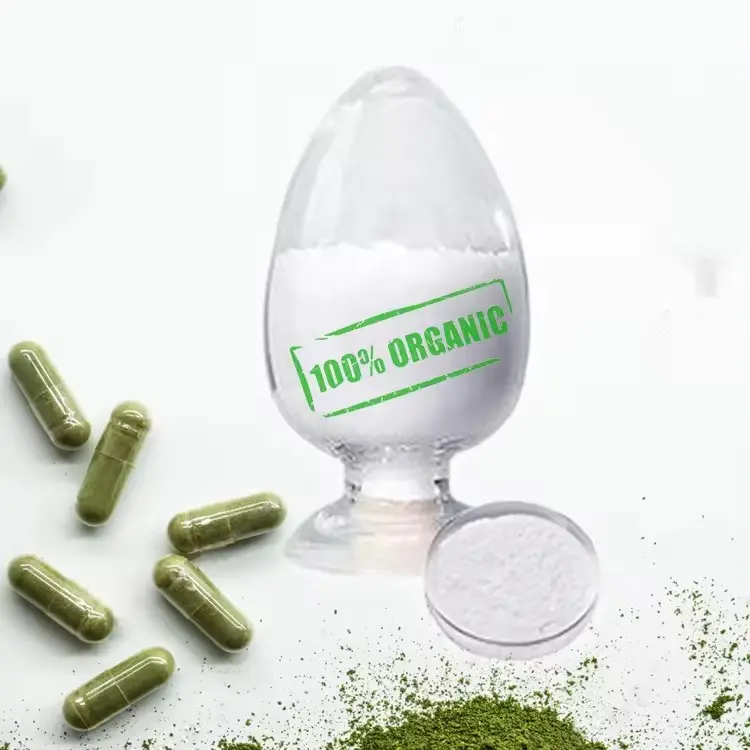
These pharmacopoeias are developed and administered by their respective pharmacopoeial committees or similar bodies and provide the pharmaceutical industry with normative guidance on drugs, drug ingredients and drug manufacturing processes. When pullulan is used as a medicine, these pharmacopoeias may contain regulations on the physical properties, chemical properties, purity requirements, detection methods, etc. of pullulan.
Aqueous GPC/SEC Column Calibration
Pullulan standards are commonly used for the calibration of aqueous GPC/SEC (gel permeation chromatography/size exclusion chromatography) columns. These standards help determine the molecular weight of the sample being tested and cover a wide range of molar masses, ranging from 342 Da to 1,000,000 Da.
These pullulan standards can be purchased individually or as part of a pullulan calibration kit or ReadyCal kit. These kits typically contain a range of glycan standards across a range of molecular weights to allow for more comprehensive and accurate molecular weight calibration.
By using pullulan standards or calibration kits, laboratories can ensure accurate calibration of the column and can accurately determine the molecular weight of the sample being tested during analysis. This is crucial for many application areas, especially in biomedical research and drug development.
Therefore, it depends on what pullulan is used for, and the corresponding standards must be met.
